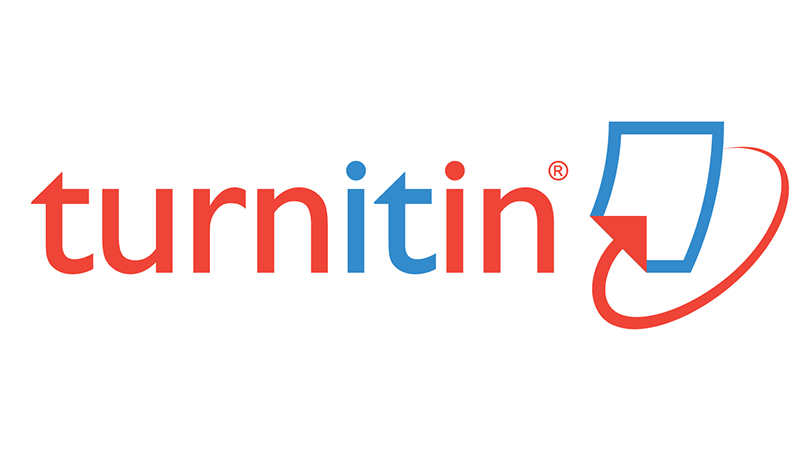CRITICAL READING: STUDENTS’ PROBLEMS, STRATEGIES, AND REFLECTIONS
Abstract
Full Text:
PDFReferences
Akbari, R. (2008). Transforming lives: Introducing critical pedagogy into ELT classrooms. ELT Journal, 62:
-283.
Bosley, L. (2008). I don't teach reading: Critical reading instruction in composition courses. Literacy research
and instruction, 47: 285-308 DOI: 10.1080/19388070802332861
Haromi, F. A. (2014). Teaching through appraisal: Developing critical reading in Iranian EFL learners.
Procedia. Social and Behavioral Sciences, 98: 127-136
Harris, C. D. (2004). An examination of teacher’s beliefs about critical reading and academic writing.
Unpublished Dissertation. San Diego State University and the University of San Diego
Huijie, L. (2010). Developing a hierarchical framework of critical reading proficiency. Chinese Journal of
Applied Linguistics, 33: 40-54.
Ko, M-Y. (2013). A case study of an EFL teacher’s critical literacy teaching in a reading class in Taiwan.
Language Teaching Research, 17(1) 91–108, DOI: 10.1177/1362168812457537
Koupaee Dar, Z., Rahimi, A. & Shams, M. R. (2010). Teaching reading with a critical attitude: Using critical
discourse awareness to raise EFL university students’ critical language awareness. International
Journal of Criminology and Sociocultural Theory, 3: 457-476.
Lee, M. L. (2012). A Study of the selection of reading strategies among genders by EFL college students.
Procedia - Social and Behavioral Sciences, 64: 310-319
Lewis, J. (1983). Influence of cognitive and ethical development on critical reading. Journal of College
Reading and Learning, 16(1): 15-20. DOI: 10.1080/10790195.1983.10850208
Macknish, C. J. (2011). Understanding critical reading in an ESL class in Singapore. TESOL Journal, 2(4):
-472
Morni, A & Sahari, HS. (2013). The impact of living environment on reading attitudes Procedia - Social and
Behavioral Sciences, 101(8), 415-425
Nergis, A. (2013). Exploring the factors that affect reading comprehension of EAP learners. Journal of
English for Academic Purposes, 12: 1-9
Ölmez, F. (2015). An investigation into the relationship between L2 reading motivation and reading
achievement. Social and Behavioral Sciences, 199: 597-609
Perry, D. (2013). Comprehension strategies while reading expository texts in Spanish (L1) and English (L2).
Psicologia Educativa, 19: 75-81
Rajab, A et al. (2012). Reading anxiety among second language learners. Social and Behavioral Sciences,
: 362-369
Rosenblatt, L.M. (1994). The reader, the text, the poem: The Transactional theory of the literary work. Illinois:
SIU
Study guide student learning development. (2009). What is critical reading http://www2.le.ac.uk/
Şen, Y & Kuleli, M. (2015). The effect of vocabulary size and vocabulary depth on reading in EFL context.
Social and Behavioral Sciences, 199: 555-562
Urlaub, P. (2012). Reading strategies and literature instruction: Teaching learners to generate questions to
foster literary reading in the second language. System, 40: 296-304
Wang, C & Gierl, M.J. (2011). Using the attribute hierarchy method to make diagnostic inferences about
examinees’ cognitive skills in critical reading. Journal of Educational Measurement Summer, 48(2):
–187
Walker, C. (2015). A study of self-concept in reading in a second or foreign language in an academic
context. System, 49: 73-85
Yeganeh, M.T. (2013). Repeated reading effect on reading fluency and reading comprehension in
monolingual and bilingual EFL Learners. Procedia - Social and Behavioral Sciences, 70: 1778- 1786
Zafarani, P & Kabgani, S. (2014). Summarization strategy training and reading comprehension of Iranian
ESP learners. Procedia - Social and Behavioral Sciences, 98: 1959-1965
Wallace, C. (2003). Critical reading in language education. New York: Palgrave Macmillan
DOI: http://dx.doi.org/10.17977/um046v2i12018p21-26
Refbacks
- There are currently no refbacks.
Copyright (c) 2018 Journal of English Language, Literature, and Teaching (J-ELLiT)
Editorial and Administration Office:
This Journal is published and managed by Department of English, Faculty of Letters, Universitas Negeri Malang.
Jl. Semarang No. 5, Malang, Indonesia.
Phone. (0341) 551312.
Homepage: http://journal2.um.ac.id/index.php/jellit/index
email: jellit.journal@um.ac.id
P-ISSN: 2580-670X
E-ISSN: 2580-9687
This work is licensed under a Creative Commons Attribution 4.0 International License.
Cover designed by Rahmati P. Yaniafari









